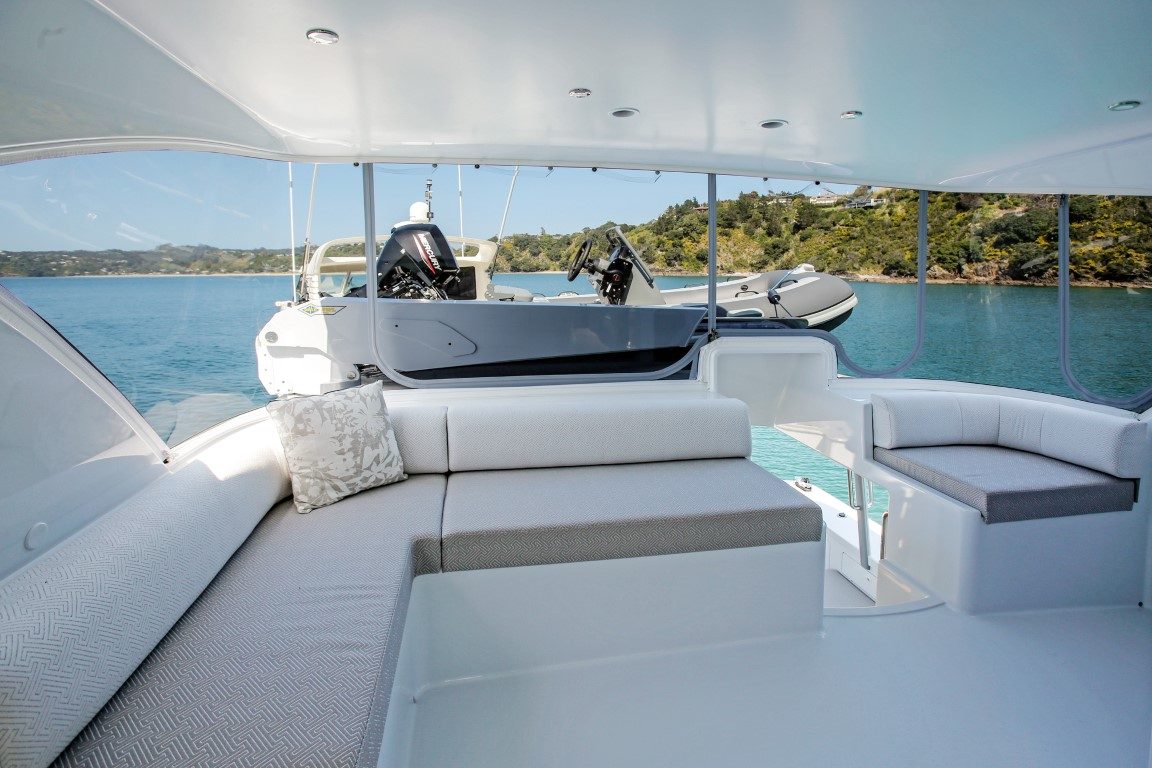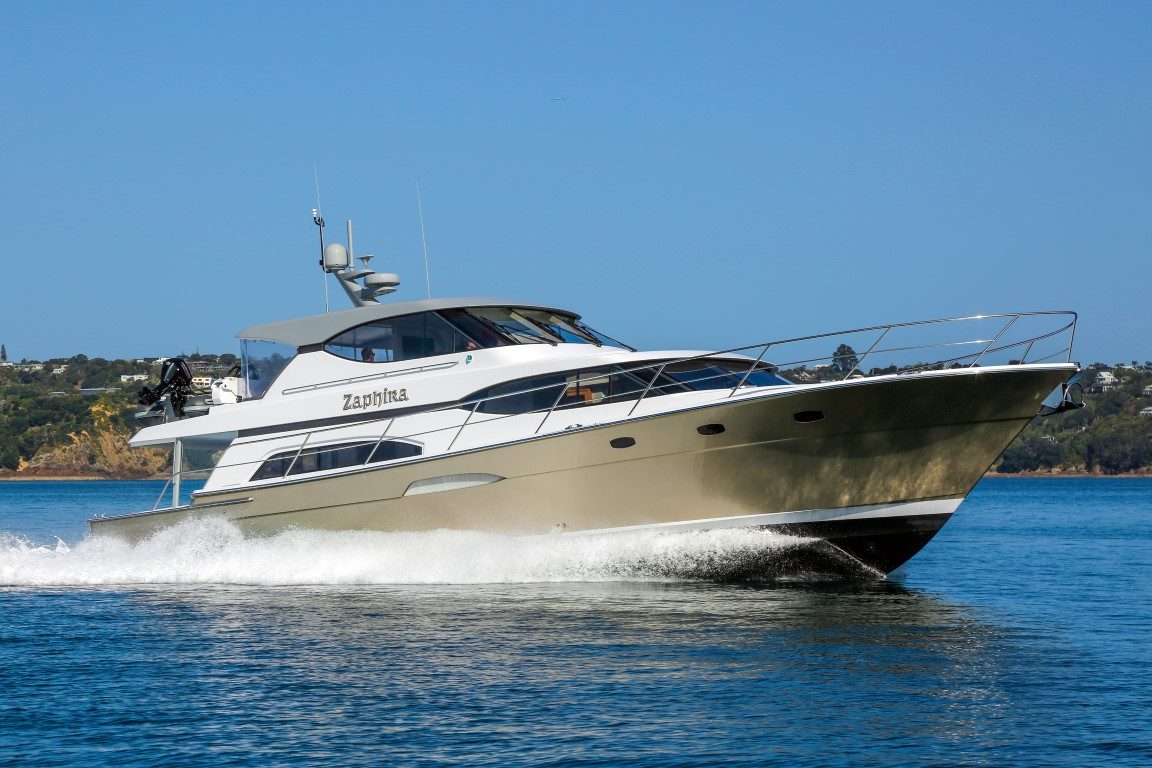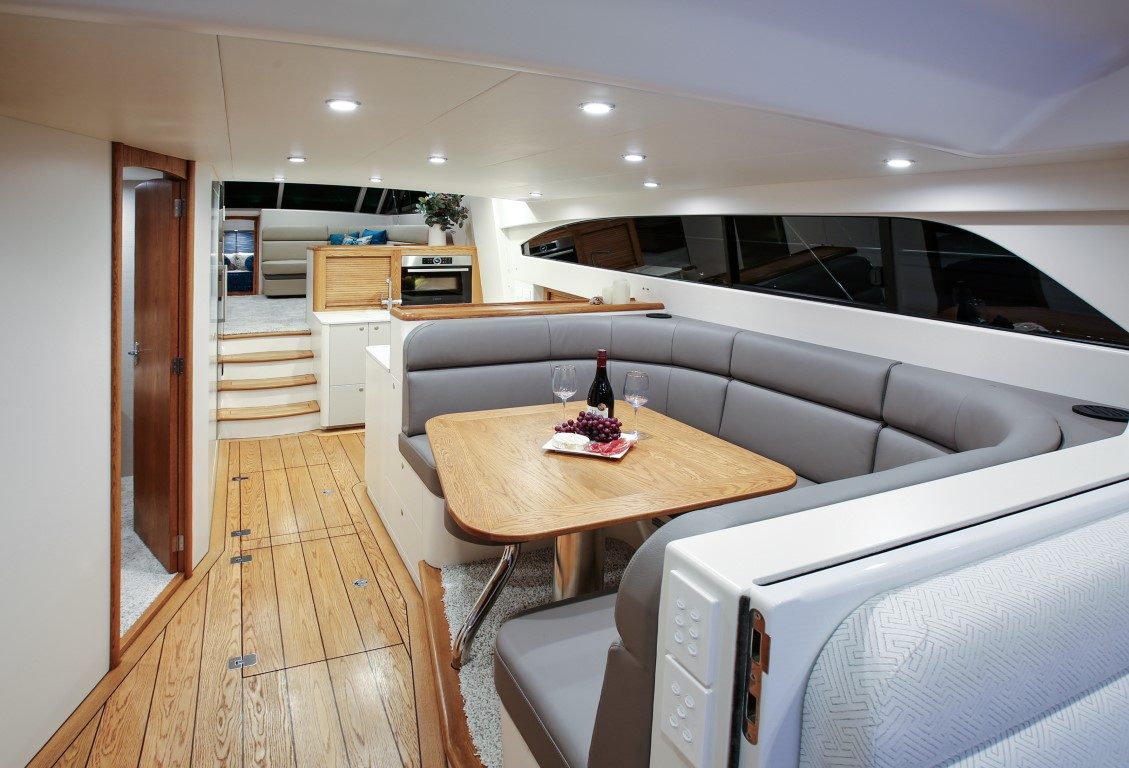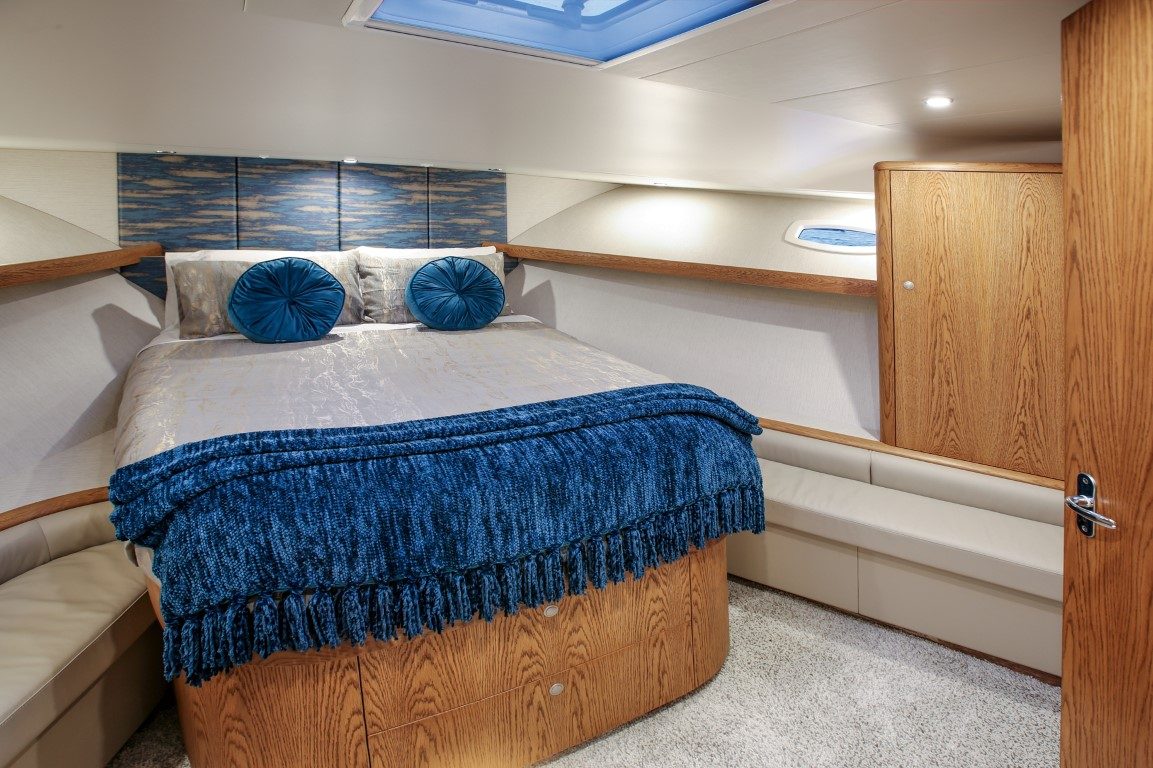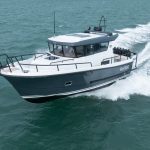‘Behemoth’ is a word which springs to mind or, perhaps more nautically, ‘leviathan’.
- High-quality finish and tasteful decor that breathes luxury
- Huge range with delivery tanks, so capable of oceanic voyages
- Many bespoke and custom features
- Quiet and smooth underway



